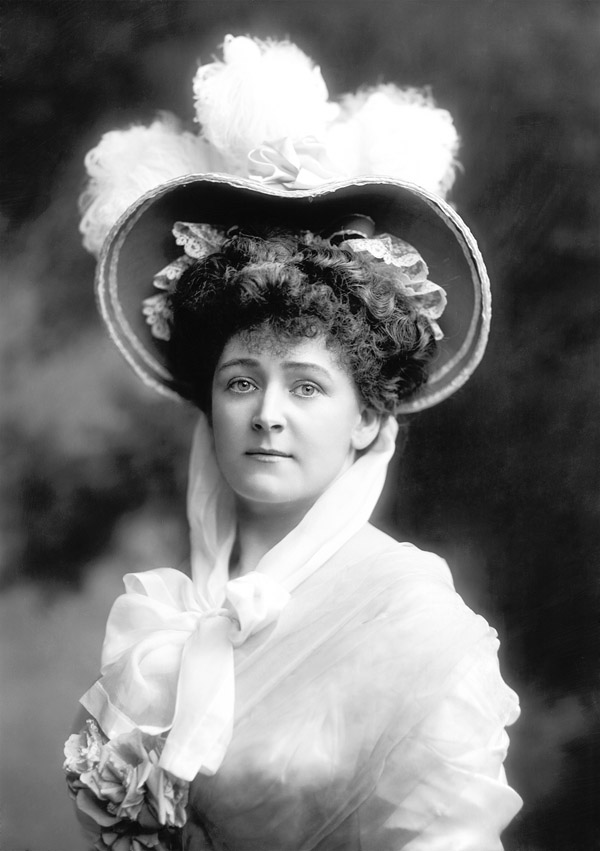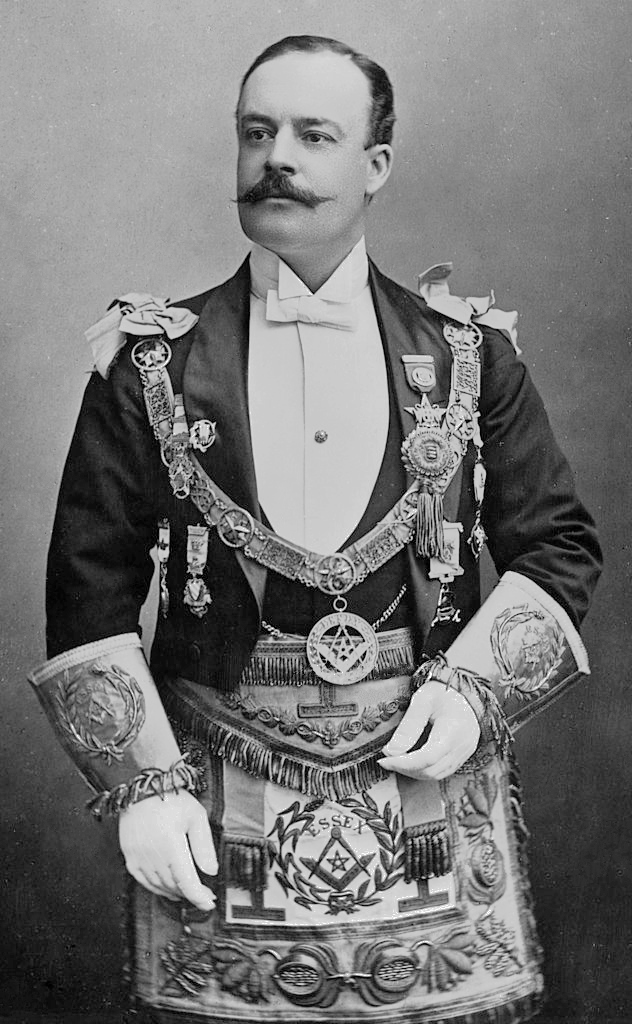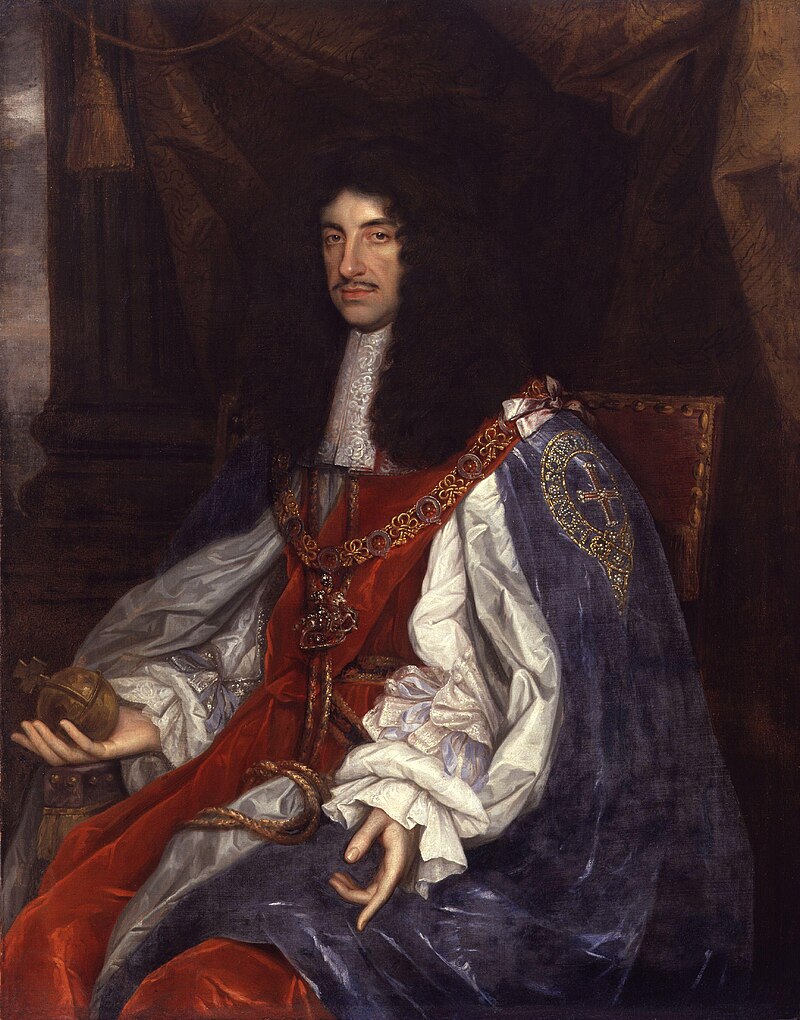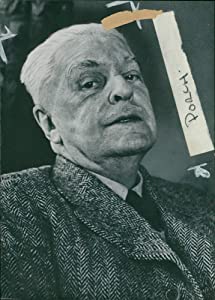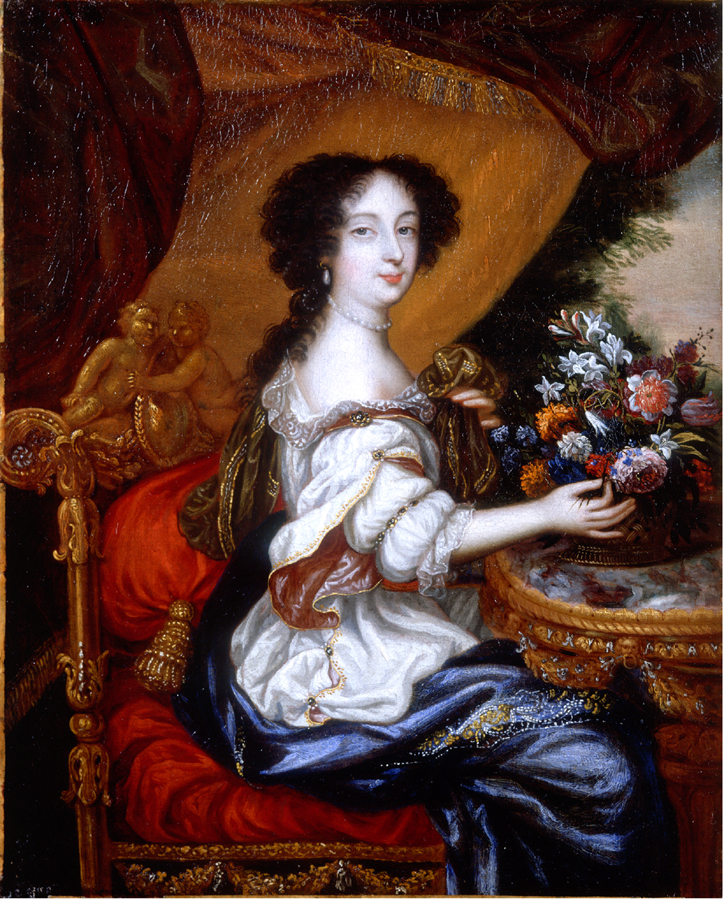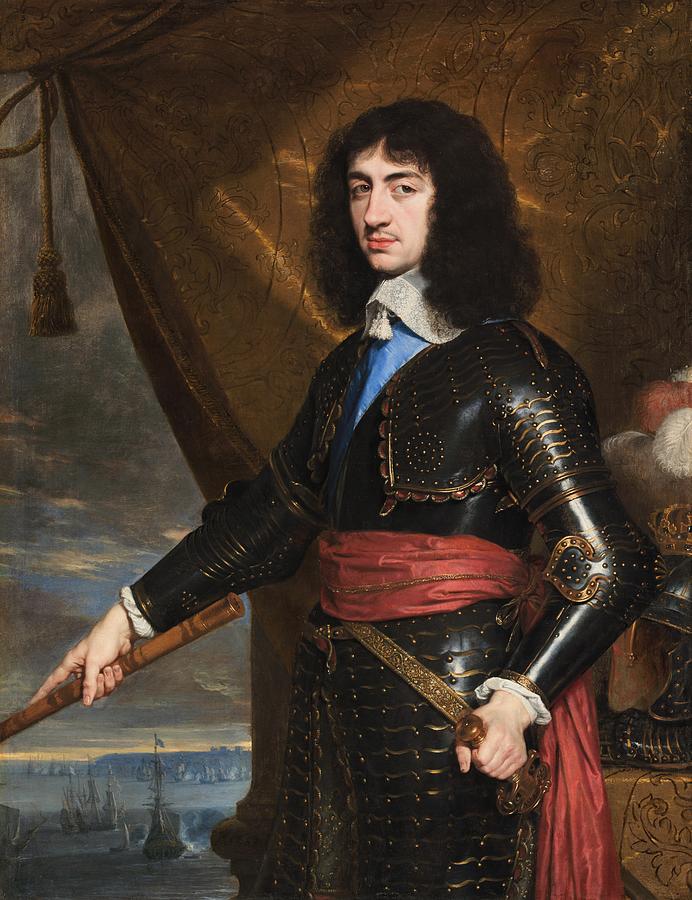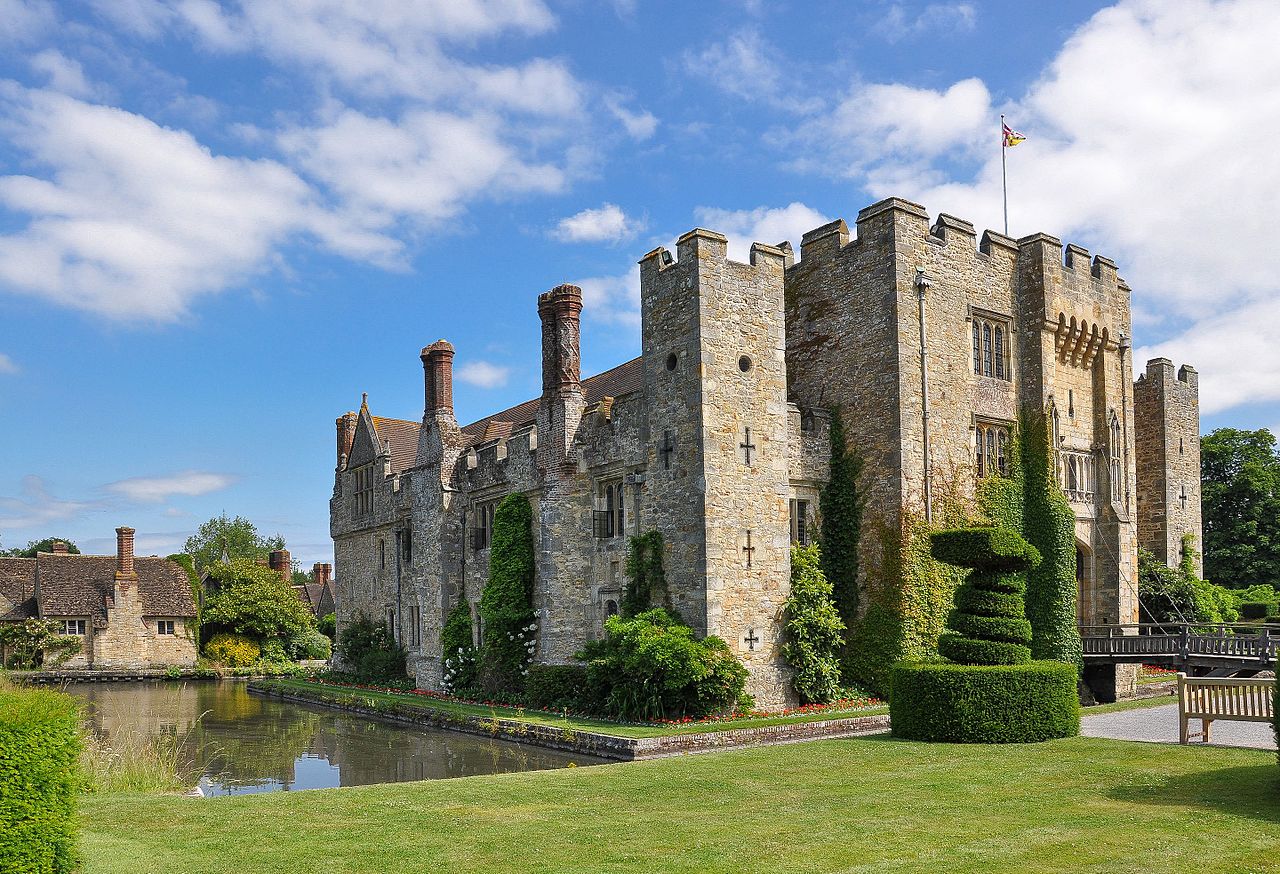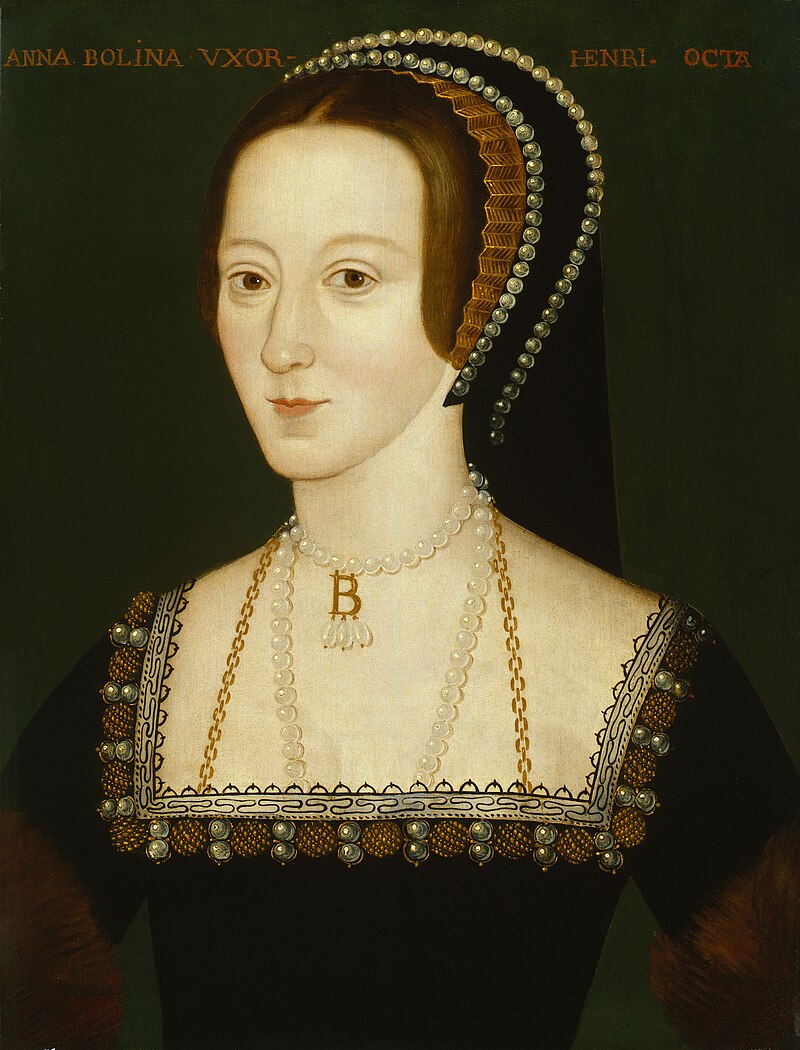by Susan Flantzer
© Unofficial Royalty 2020

“The Crown” shared photos of Katherine and Nerissa Bowes-Lyon at the end of Season 4, Episode 7; Credit – Netflix/The Crown
In the Netflix series The Crown Series 4, Episode 7, The Hereditary Principle, Princess Margaret discovers from her therapist that she has two severely mentally disabled maternal cousins who were institutionalized and further learns that they are still alive although they have been listed as dead in Burke’s Peerage. Princess Margaret confronts her mother, the aunt of the two severely mentally disabled women. The Queen Mother responds as if she was part of a royal cover-up. She explains that her nieces were institutionalized because of fears that evidence of mental instability in the royal family could threaten the security of their claim to the throne after the 1936 abdication of King Edward VIII. While it is true that Princess Margaret was unaware that she had two severely mentally disabled cousins and that they were listed as dead in Burke’s Peerage, the rest of the scenario is complete fiction, made up by the series’ creators. The Queen Mother believed her nieces were deceased and she was not aware of their situation until 1982. Her nieces were institutionalized in 1941, five years after the abdication of King Edward VIII. It seems unlikely that after five years, the decision to institutionalize the Queen Mother’s two nieces was taken in reaction to the Bowes-Lyon family’s new close ties to the British throne.
In reality, in 1987, The Sun broke the news that two supposedly deceased first cousins of Queen Elizabeth II had been alive and secretly institutionalized. The two sisters, Nerissa and Katherine Bowes-Lyon, were the daughters of The Honorable John Bowes-Lyon (1886 – 1930), the second son of Claude Bowes-Lyon, 14th Earl of Strathmore (1855 – 1944), and an elder brother of Queen Elizabeth The Queen Mother (1900 – 2002), and his wife Cecilia Cavendish-Bentinck (1862 – 1938). Claude Bowes-Lyon, 14th Earl of Strathmore and his wife Cecilia Cavendish-Bentinck had ten children and twenty-six grandchildren. Two of their grandchildren were Queen Elizabeth II and her sister Princess Margaret. From their mother’s side of the family, Elizabeth and Margaret had 24 first cousins.
Nerissa and Katherine’s mother was The Honorable Fenella Hepburn-Stuart-Forbes-Trefusis (1889 – 1966), daughter of Charles Hepburn-Stuart-Forbes-Trefusis, 21st Baron Clinton (1863 – 1957) and Lady Jane McDonnell (1863 – 1953), daughter of Mark McDonnell, 5th Earl of Antrim. Fenella had one sibling Harriet Hepburn-Stuart-Forbes-Trefusis (1887 – 1958) who married Henry Fane (1883 – 1947) and had seven children. Interestingly, three of their daughters had severe developmental disabilities similar to those of Nerissa and Katherine.
John Bowes-Lyon and his wife Fenella Hepburn-Stuart-Forbes-Trefusis had five daughters:
- Patricia Bowes-Lyon (1916 – 1917), died in infancy
- Anne Bowes-Lyon (1917 – 1980), married (1) Thomas Anson, Viscount Anson, son of Thomas Anson, 4th Earl of Lichfield, had one son and one daughter, divorced (2) Prince George Valdemar of Denmark, no children
- Nerissa Bowes-Lyon (1919 – 1986)
- Diana Bowes-Lyon (1923 – 1986), married Peter Somervell, had one daughter
- Katherine Bowes-Lyon (1926 – 2014)
John Bowes-Lyon died in 1930 of pneumonia, aged 44, leaving his widow Fenella to care for their four young children, including Nerissa and Katherine who were severely mentally disabled. Nerissa and Katherine had a mental age of about three-years-old and never learned to talk. In 1941, when Nerissa was 22-years-old and Katherine was 15-years-old, they were sent to Royal Earlswood Hospital in Redhill, Surrey, England. There is no information on why this decision was made. Perhaps, the sisters needed more care than could be given at home.
Embed from Getty Images
The Royal Earlswood Hospital in Redhill, Surrey, England
Three of Nerissa and Katherine’s maternal first cousins with similar developmental disabilities were placed at Royal Earlswood Hospital, a facility for 230 mentally disabled men and women, on the very same day as Nerissa and Katherine. The three maternal cousins were the sisters Idonea Fane (1912 – 2002), Rosemary Fane (1914 – 1972), and Etheldreda Fane (1922 – 1996), the daughters of Harriet Hepburn-Stuart-Forbes-Trefusis and Henry Fane. The five cousins were placed in Asylum Arch Road, Earlswood Common area of the hospital. In 1997, when Royal Earlswood Hospital closed, Katherine Bowes-Lyon and her cousin Idonea Fane, who were the only ones among the five cousins still living, were moved to Ketwin House Care Home in Surrey, England, and then when it closed in 2001, they were moved to another care home in Surrey. The mental disability the five cousins had probably was a genetic disorder and it originated not in the Bowes-Lyon family but rather in the Hepburn-Stuart-Forbes-Trefusis family. Idonea, Etheldreda, and Rosemary Fane were the children of Fenella’s sister Harriet, her only sibling. There was never any risk of that genetic disorder occurring in the British royal family descended from The Queen Mother, born Elizabeth Bowes-Lyon, because it did not originate in the Bowes-Lyon family.
In 1987, it was discovered by The Sun that Burke’s Peerage, which publishes books devoted to the ancestry and heraldry of the peerage, baronetage, knightage, and landed gentry of the United Kingdom, had listed Nerissa and Katherine as having died in 1940 and 1961. Nerissa had died in 1986 and Katherine lived until 2014. Burke’s Peerage prides itself on its accuracy and insisted that was the information given to them by the Bowes-Lyon family.
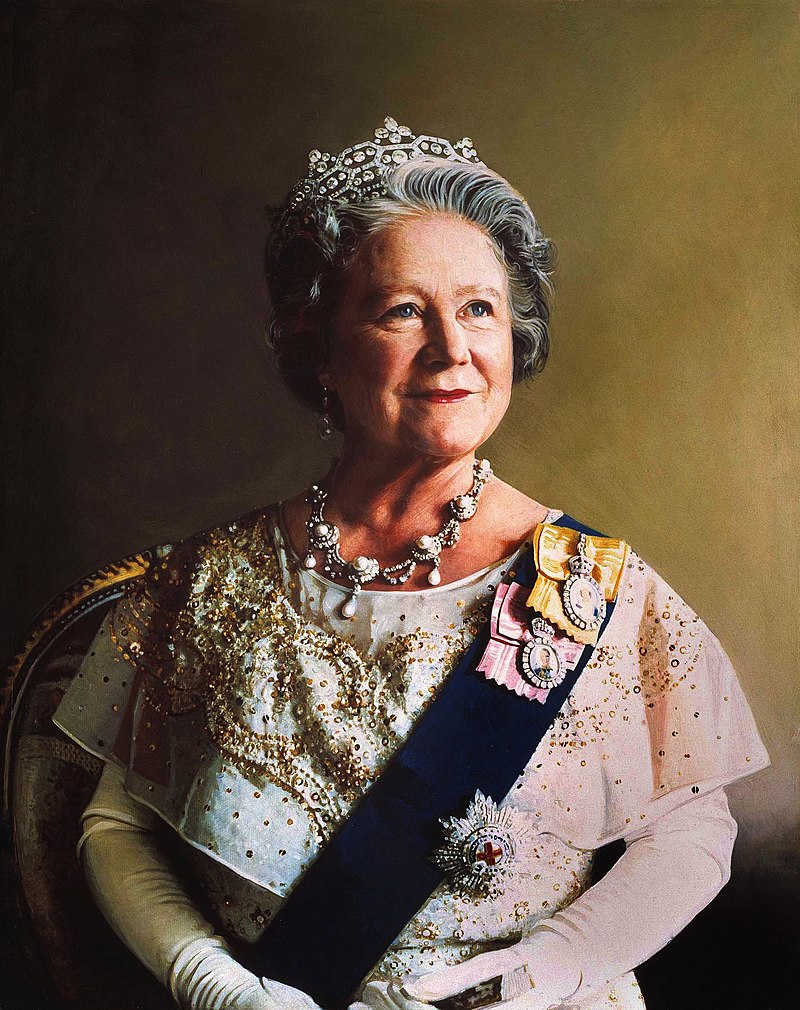
Queen Elizabeth The Queen Mother, Nerissa and Katherine’s aunt, in 1986; Credit – Wikipedia
In 1987, there was much criticism for the British royal family about how Nerissa and Katherine had been treated and there were even rumors that there had been a royal coverup although there is no evidence. In 1982, after thinking her nieces had died, the Queen Mother learned that they were still alive and in the Royal Earlswood Hospital when the hospital’s League of Friends wrote to her. After that, she sent them money for their birthdays and for Christmas which was used to buy candy and toys. We do not know if the Queen Mother told anyone about her nieces after she learned they were alive in 1982. While today our attitudes regarding the care of mentally disabled people are different, an argument could be made that the sisters received the care that they needed as was understood during the years they were institutionalized. Previously, there was a huge amount of shame and lack of knowledge associated with mental disability.
What, if any, responsibility the British royal family had for Nerissa and Katherine Bowes-Lyon can be debated. In 1987, Buckingham Palace said, “It is a matter for the Bowes-Lyon family” and in reality, it was and there were plenty of members of the Bowes-Lyon family to deal with the matter. The members of the Bowes-Lyon family had the means and the familial responsibility to make the decisions regarding Nerissa and Katherine Bowes-Lyon as did the Hepburn-Stuart-Forbes-Trefusis family, the family of their mother.

Claude Bowes-Lyon, 14th Earl of Strathmore, the paternal grandfather of Nerissa and Katherine; Credit – Wikipedia
The Earl of Strathmore is the head of the Bowes-Lyon family and is also Chief of the Scottish Clan Lyon. Nerissa and Katherine’s grandfather Claude Bowes-Lyon, 14th Earl of Strathmore lived until 1944, three years after his two granddaughters were placed at Royal Earlswood Hospital. His son and the uncle of Nerissa and Katherine, Patrick Bowes-Lyon, 15th Earl of Strathmore (1884 – 1949) succeeded him and died in 1949. Then the 15th Earl’s son and Nerissa and Katherine’s first cousin Timothy Bowes-Lyon, 16th Earl of Strathmore (1918 – 1972) held the peerage title until 1972 when he was succeeded by his first cousin, and the first cousin of Nerissa and Katherine, Michael Bowes-Lyon, 17th Earl of Strathmore (1928 – 1987). Upon the death of the 17th Earl in 1987, he was succeeded by his son Michael Bowes-Lyon, 18th Earl of Strathmore (1957 – 2016) who died in 2016, two years after the death of Katherine Bowes-Lyon. These Earls, as head of the Bowes-Lyon family, presumably bore some responsibility for family matters.

Charles Hepburn-Stuart-Forbes-Trefusis, 21st Baron Clinton, the maternal grandfather of Nerissa and Katherine; Credit – www.geni.com
Not only were there plenty of members of the Bowes-Lyon family to take responsibility but there were also members of the Hepburn-Stuart-Forbes-Trefusis family, Nerissa and Katherine’s maternal family. In 1987, it was revealed that Charles Hepburn-Stuart-Forbes-Trefusis, 21st Baron Clinton (1863 – 1957) had paid funds to Royal Earlswood Hospital for the care of his five granddaughters. This would indicate that he played a role in the decisions regarding his five severely mentally disabled granddaughters. In 1987, Gerard Fane-Trefusis, 22nd Baron Clinton, the great-grandson of the 21st Baron Clinton, rejected the idea of any kind of cover-up. Regarding the errors in the death dates in Burke’s Peerage, he said of his great-aunt Fenella, the mother of Nerissa and Katherine, “She was an elderly lady at that time. These forms (from Burke’s Peerage) come in every year or so and I imagine it was filled in wrongly or wasn’t filled in at all.” However, a spokesperson for Burke’s Peerage said, “If this is what the Bowes-Lyon family told us, then we would have included it in the book.”

Nerissa and Katherine’s sister Anne Bowes-Lyon, Princess of Denmark; Credit – www.thepeerage.com
Nerissa and Katherine’s mother, born Fenella Hepburn-Stuart-Forbes-Trefusis, who was their next of kin, lived until 1966. After the death of their mother, their sister Anne (1917 – 1980), would have been the next of kin. After divorcing her first husband Thomas Anson, Viscount Anson (1913 – 1958), son of Thomas Anson, 4th Earl of Lichfield (1883 – 1960) Anne married Prince George Valdemar of Denmark, a great-grandson of King Christian IX of Denmark, and a second cousin of King George VI of the United Kingdom who was the father of Queen Elizabeth II.
Embed from Getty Images
Nerissa and Katherine’s sister Diana Bowes-Lyon
Anne died in 1980 and then her younger sister Diana (1923 – 1986), would have been the next of kin. Presumably, after the death of Diana in 1986, the two children of her elder sister Anne, Patrick Anson, 5th Earl of Lichfield (1939 – 2005), a well-known professional photographer whose professional name was Patrick Lichfield, and his sister Elizabeth Anson (1941 – 2020), wife of Sir Geoffrey Shakerley, 6th Baronet, would have been the next of kin for their aunts Nerissa and Katherine. Diana’s only child Katherine Somervell (born 1961), a goddaughter of Queen Elizabeth II who married Robert Lagneau, also would have been able to play a role in the decisions regarding her aunts. As with the Bowes-Lyon family, there were members of the Hepburn-Stuart-Forbes-Trefusis who had the means and the familial responsibility to make the decisions regarding Nerissa and Katherine.
Embed from Getty Images
The grave of Nerissa Bowes-Lyon at Redstone Cemetery, in the center, marked by a small plastic tag at the foot of the headstone
In 1987, many British people were outraged and blamed the British royal family after finding out that when Nerissa died in 1986, she was buried in a pauper’s plot at Redstone Cemetery in Redhill, Surrey, England. Her funeral was attended by only Royal Earlswood Hospital staff members. Where were her Bowes-Lyon and Hepburn-Stuart-Forbes-Trefusis family members? When Katherine Bowes-Lyon died, aged 87, on February 23, 2014, a private family funeral was held.
This article is the intellectual property of Unofficial Royalty and is NOT TO BE COPIED, EDITED, OR POSTED IN ANY FORM ON ANOTHER WEBSITE under any circumstances. It is permissible to use a link that directs to Unofficial Royalty.
Works Cited
- Coke, Hope, 2020. Behind The Crown: The True Story Of The Queen’S Cousins, Nerissa And Katherine Bowes-Lyon. [online] Tatler. Available at: <https://www.tatler.com/article/real-story-nerissa-and-katherine-bowes-lyon-the-queens-cousins-the-crown-season-4> [Accessed 26 November 2020].
- Davison, Mark, 2014. Queen’s Cousin Dies After Spending 55 Years At Royal Earlswood Hospital. [online] SurreyLive. Available at: <https://www.getsurrey.co.uk/news/surrey-news/queens-cousin-dies-after-spending-13642685> [Accessed 27 November 2020].
- En.wikipedia.org. 2020. Nerissa And Katherine Bowes-Lyon. [online] Available at: <https://en.wikipedia.org/wiki/Nerissa_and_Katherine_Bowes-Lyon> [Accessed 26 November 2020].
- Esquire. 2020. The Queen’s Hidden Cousins Are Part Of A Shameful Chapter In Royal History. [online] Available at: <https://www.esquire.com/entertainment/tv/a34728377/queen-elizabeth-cousins-katherine-nerissa-bowes-lyon-asylum-true-story-the-crown-season-4/> [Accessed 26 November 2020].
- Genealogics.org. 2020. Leo’s Genealogics. [online] Available at: <https://www.genealogics.org/> [Accessed 26 November 2020].
- News.google.com. 1987. Royal Nieces Cover-Up Denied By Lord Clinton. [online] Available at: <https://news.google.com/newspapers?id=SxA1AAAAIBAJ&sjid=sKULAAAAIBAJ&dq=nerissa%20bowes-lyon&pg=2382%2C1684307> [Accessed 26 November 2020].
- Radio Times. 2020. The Crown Fact-Check: Did The Queen And Margaret Really Have Two Secret Cousins With Developmental Disabilities?. [online] Available at: <https://www.radiotimes.com/news/on-demand/2020-11-15/queen-cousins-katherine-nerissa-bowes-lyon-the-crown/> [Accessed 26 November 2020].
- W Magazine | Women’s Fashion & Celebrity News. 2020. ‘The Crown’ Fact Check: Were The Queen’s Cousins Hidden In An Asylum?. [online] Available at: <https://www.wmagazine.com/story/queen-cousins-asylum-nerissa-katherine-bowes-lyon/> [Accessed 26 November 2020].
